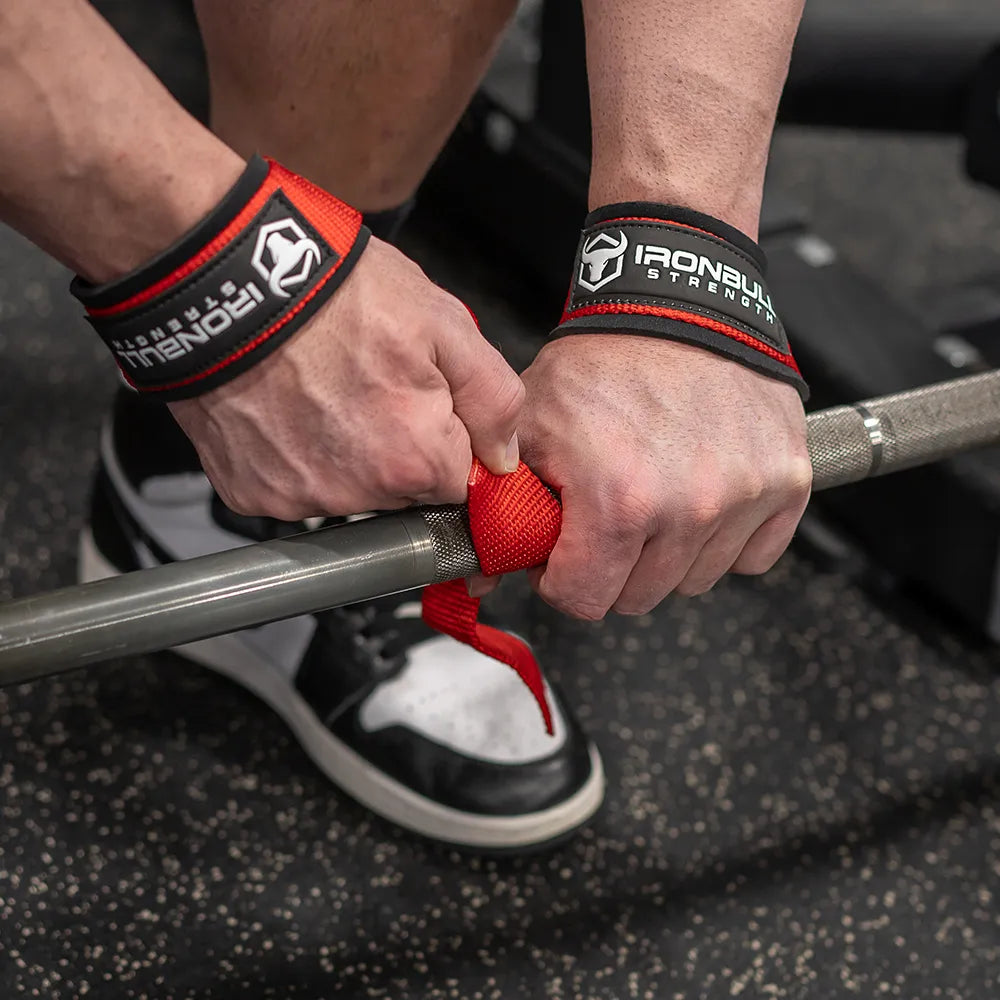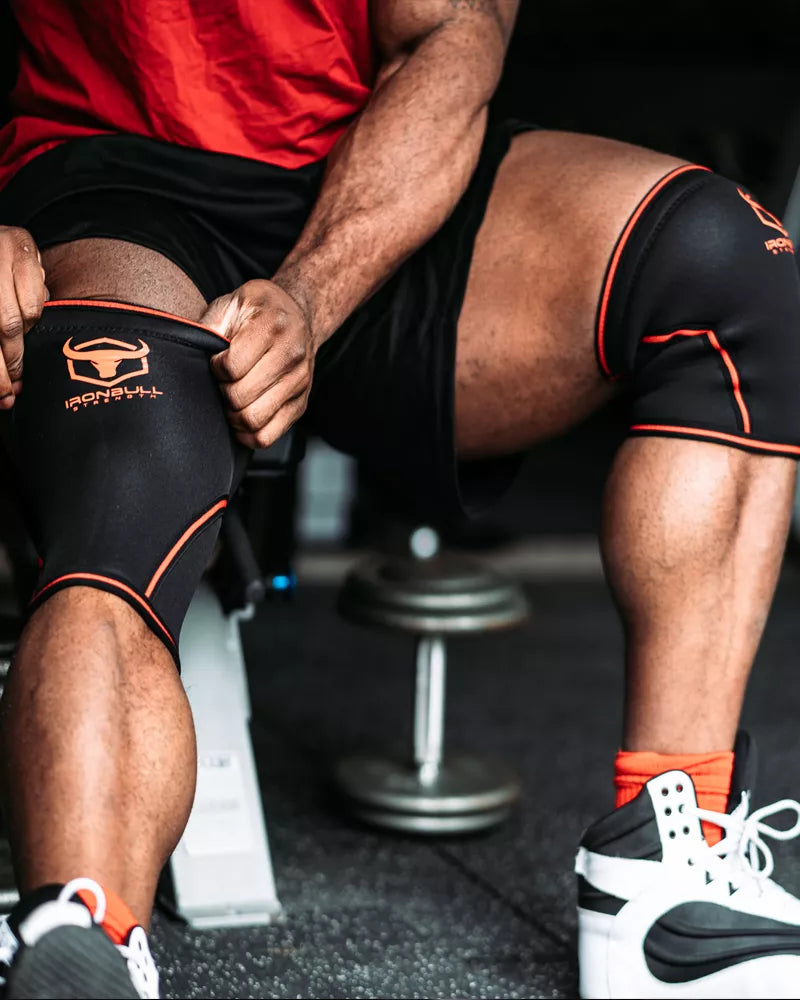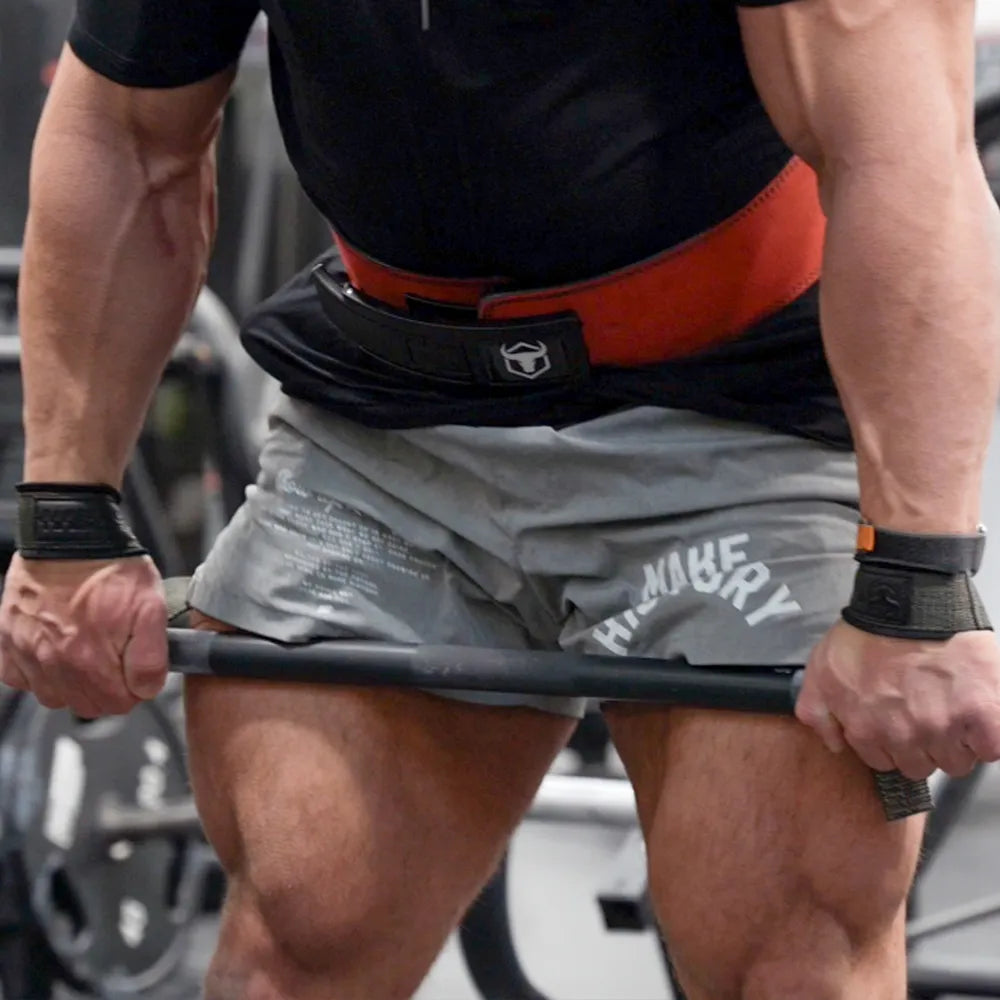Lifting Grips vs. Straps: Which Tool Delivers Real Training Advantages?

Lifting Grips vs. Straps: Which Tool Delivers Real Training Advantages?
Grip strength often dictates success in strength training. Whether pulling a deadlift, rowing a barbell, or performing high-volume kettlebell work, your ability to maintain hold of the weight can make or break a set. But when your hands fatigue faster than your target muscles, do you prioritize raw grip development or employ tools to extend your workload? Let’s dissect the roles of lifting grips and lifting straps to determine their place in your training.
The Anatomy of Grip Tools: Form Follows Function
Lifting Straps: Extending Your Pulling Capacity
Lifting straps anchor the barbell, dumbbell, or kettlebell to your wrists, redistributing load away from your fingers and palms. This allows you to focus on overloading back, hamstring, or shoulder muscles without grip fatigue cutting sessions short.
-
Material Matters: High-quality straps use layered nylon or polyester webbing for tear resistance. For example, Ironbull Strength’s Figure 8 Lifting Straps employ a seamless figure-8 loop design, eliminating slippage during heavy pulls. Their Premium Lifting Straps integrate anti-abrasion padding at contact points, reducing friction on the wrists.
-
Use Cases: Ideal for deadlifts, rows, or carries where grip endurance limits volume.
Lifting Grips: Balancing Protection and Tactile Feedback
Grips (often made of leather, synthetic composites, or rubber) shield palms from calluses while preserving direct contact with the bar. Unlike straps, they don’t transfer load to the wrist—instead, they enhance friction and reduce shear stress on the skin.
-
Engineering Precision: Ironbull Strength’s EZ Gripz V2 combine a silicone-infused surface for bar adhesion with a contoured shape that aligns with natural hand curvature.
-
Use Cases: Pull-ups, kettlebell swings, or any movement where bar control trumps absolute load.
Key Differences: A Practical Comparison
| Factor | Lifting Straps | Lifting Grips |
|---|---|---|
| Primary Purpose | Redirect load to wrists, bypassing grip | Protect palms, enhance bar grip |
| Material Focus | Reinforced webbing, padded layers | Leather, silicone, or rubber composites |
| Best For | Heavy deadlifts, high-volume rows | Gymnastics, pull-ups, grip-intensive work |
| Grip Development | Minimized | Moderately enhanced |
| Durability | 500+ lbs load-rated | Varies by friction exposure |
Choosing Your Tool: Training Priorities Defined
Scenario 1: The Powerlifter or Strongman Athlete
Lifting straps excel when lifting near maximal loads. For instance, Ironbull’s Padded Lifting Straps use a quilted neoprene layer to disperse pressure on the wrist during axle bar lifts or farmer’s walks.
Scenario 2: The Functional or Calisthenics Athlete
Grips preserve hand integrity during high-rep workouts. The Figure 8 Lifting Straps double as wrist stabilizers for muscle-ups or ring dips, offering hybrid support.
Scenario 3: The Lifter Managing Hand Sensitivity
Grips with antimicrobial liners (like those in Ironbull’s designs) prevent blistering during sweaty sessions while maintaining tactile precision for Olympic lifts.
Myth-Busting: Separating Fact from Fad
-
“Straps Weaken Grip Strength”: Strategic use during accessory work (e.g., RDLs) lets you train back muscles harder, indirectly benefiting grip via increased overall volume.
-
“Grips Are Only for Calluses”: Modern composites like those in Ironbull’s grips improve bar torque control, critical for snatches or cleans.
Pro Tips for Maximizing Tool Efficiency
-
Straps: Loop the strap under the bar first, then wrap excess around your wrist. Avoid overtightening—blood flow matters.
-
Grips: Break in leather grips gradually with light use. For rubber variants, chalk enhances adhesion.
-
Maintenance: Hand-wash straps with mild soap; air-dry grips to prevent material warping.
Final Recommendation: Match the Tool to the Task
-
Straps for maximal pulls, grip-intensive endurance work, or rehabbing hand injuries.
-
Grips for preserving palm integrity in friction-heavy movements or refining technical lifts.
Final Verdict: Straps are tools, not tricks. Want to dive deeper into the ethics of grip aids? We unpacked the ‘cheating’ debate here.
Ironbull Strength’s products are engineered with athlete-tested materials, from the load-locked stitching in their straps to the ergonomic contours of their grips. With input from competitive powerlifters and biomechanical labs, their designs prioritize longevity and task-specific performance.
Why Trust This Analysis?
Ironbull Strength’s gear undergoes third-party stress testing, ensuring each product meets strict load-bearing and durability standards. Their collaboration with strength coaches ensures tools align with real-world training demands—no gimmicks, just biomechanically validated solutions.


